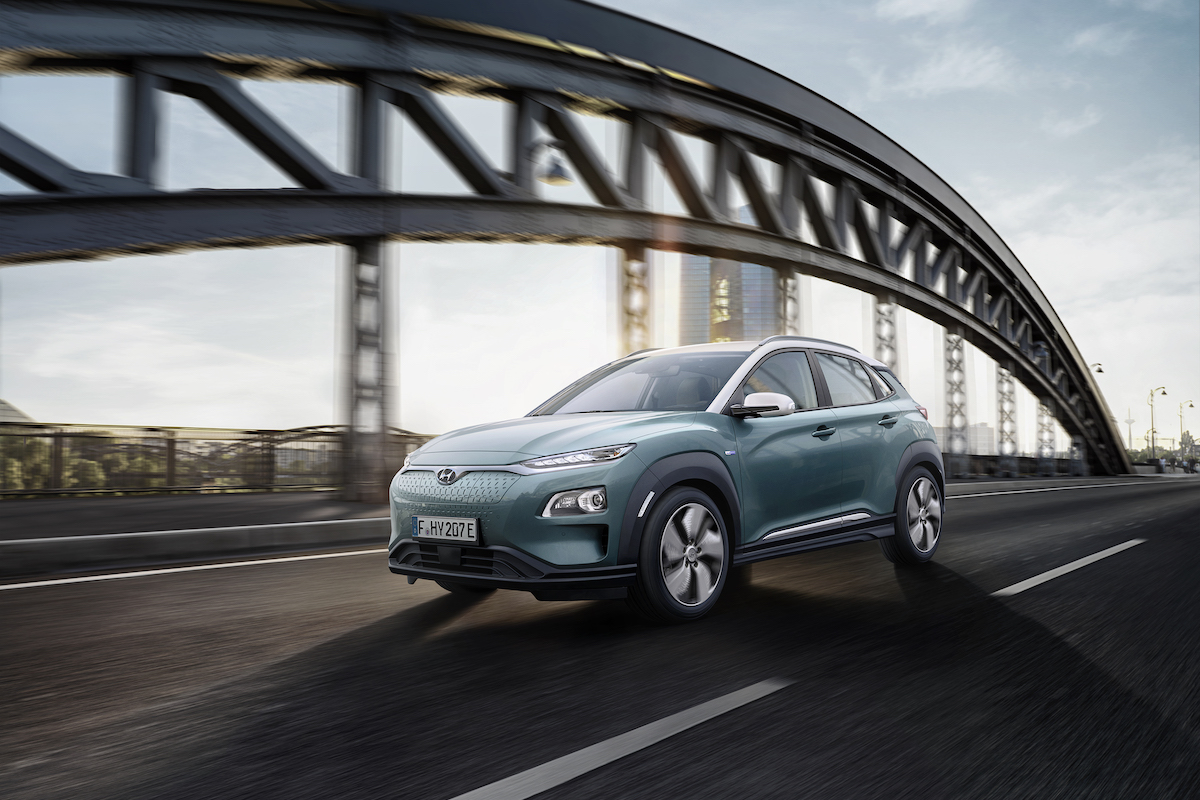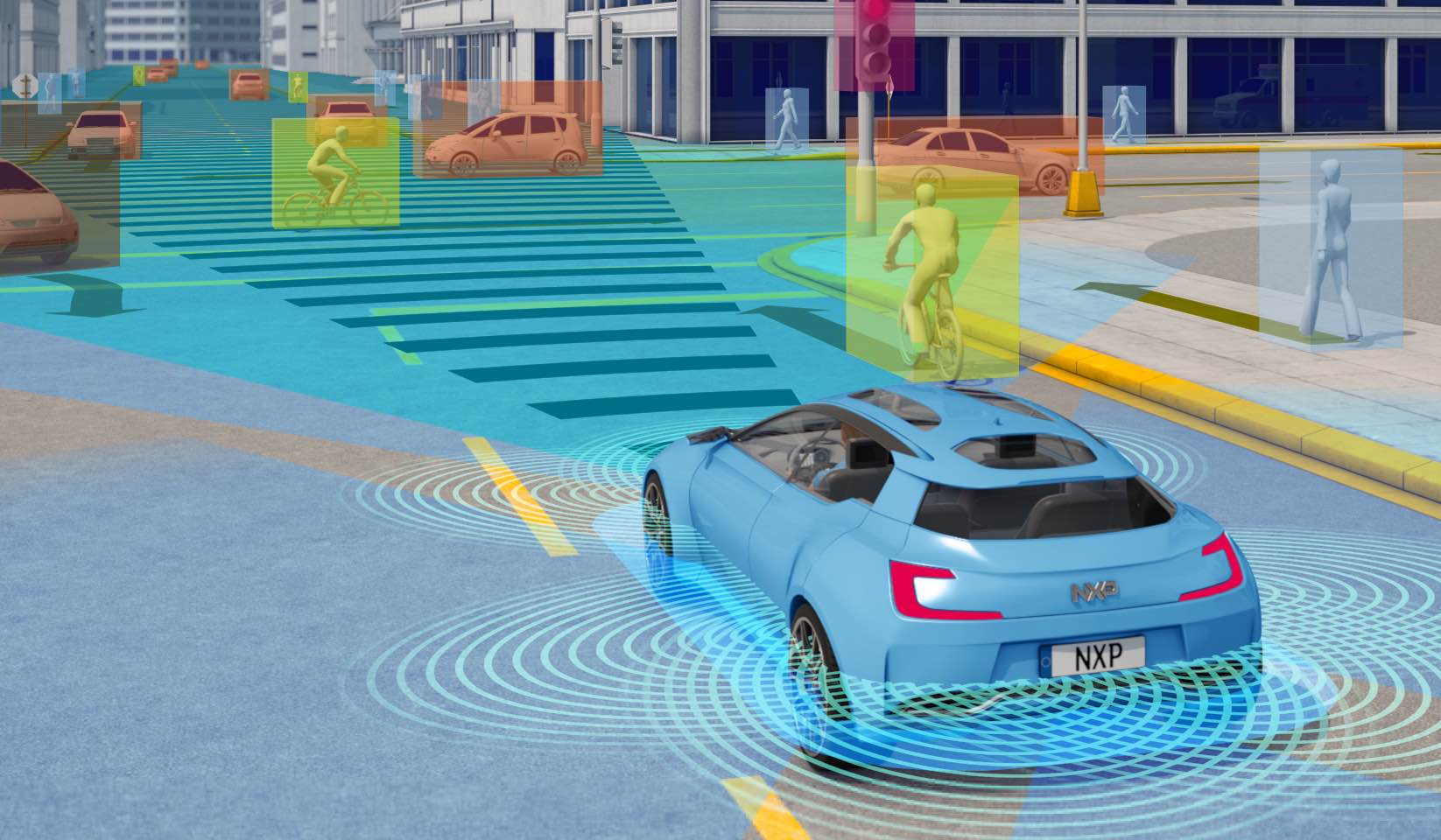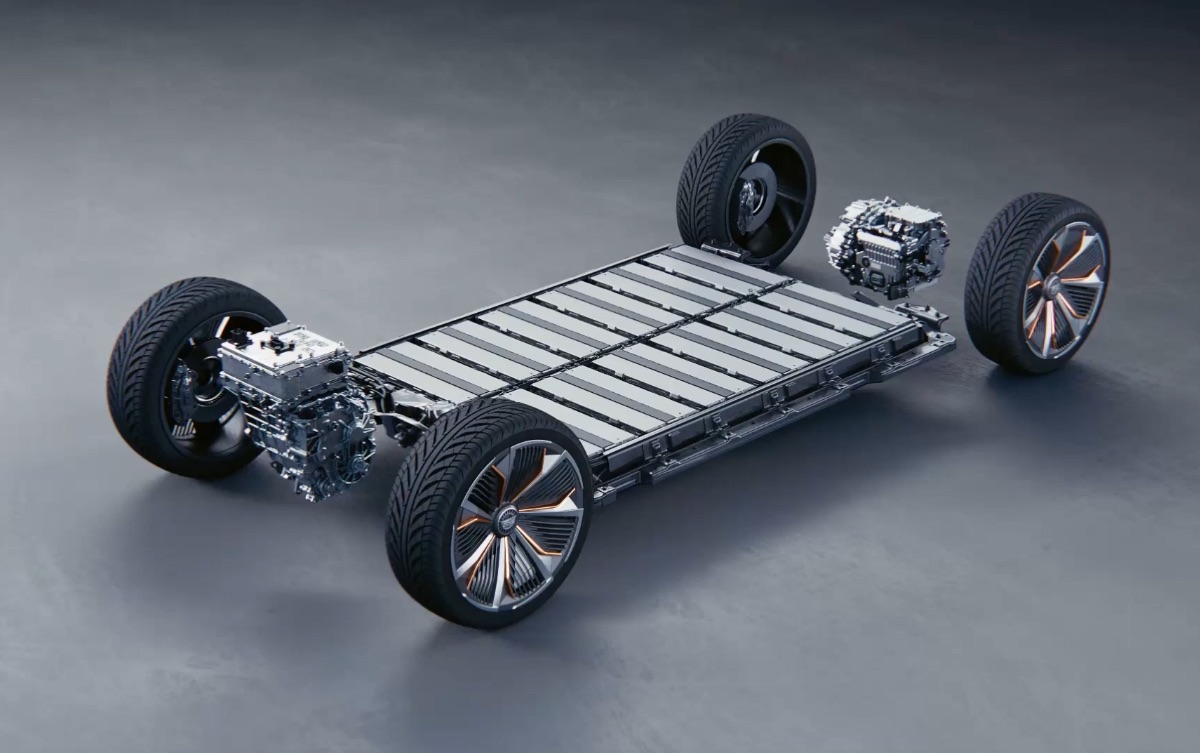It’s been a question asked ever since Glen A. Larson’s Knight Rider brought the idea of a car controlled by AI to the small screen: are autonomous vehicles the future of transportation?
With technology marching on, and new developments augmenting an electrified future of transportation, we’re closer than ever before to achieving the sci-fi reality of self-driving cars. But what needs to change in order to allow mass adoption of this exciting technology and what will be some of the economic and social challenges we may face?
Self-driving cars are considered by many as safer than regular vehicles, better for the environment and — when integrated with ridesharing technologies — will lead to a reduction in the cost of personal transportation. However, we should not ignore the social and economic impacts this disruptive technology will bring with it. Let’s dive deeper and explore what a future of driverless cars will look like.
What does the Future of the Autonomous Vehicle Look Like?
When it comes to self-driving cars we’ve been dangled tantalizing titbits of what the future will have in store. Most notable has been Tesla’s innovation-push, combining EV tech with a very future-forward approach to integrating autonomy into their car’s driving experience. In their biggest software update ever, Tesla’s autopilot function now allows their cars to be “summoned” from parking lots. And Tesla isn’t alone, with many other car companies —from Honda to Volvo — incorporating self-driving tech for highway running and start-stop traffic.
With so many manufacturers adding elements of autonomy into new cars, why do we ask “are autonomous cars the future”?
Enlarge Image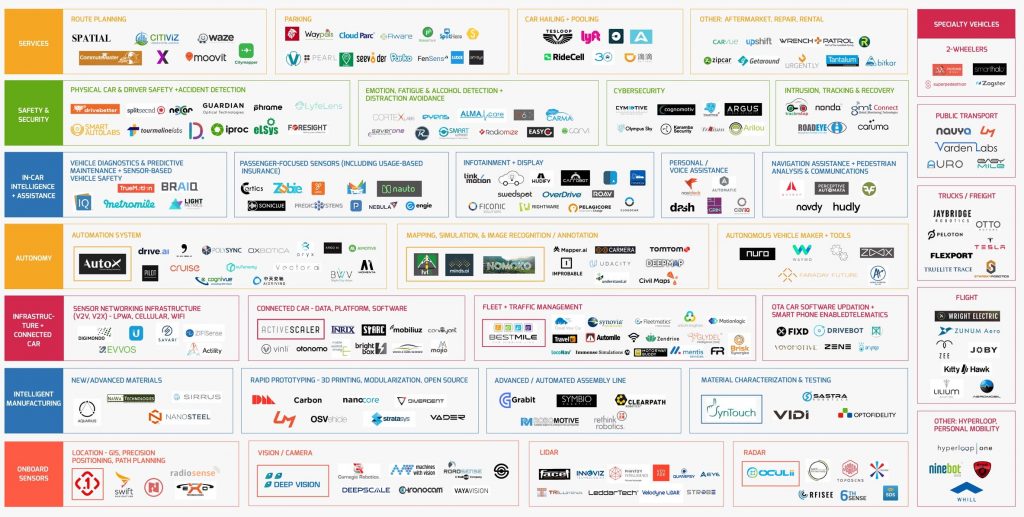
The 6 levels of autonomous driving
To understand this, there are levels of autonomy that determine whether a car qualifies as partially-autonomous or fully-autonomous. Tesla’s Autopilot is a good example of partial “level-two” autonomy.
The Society of Automotive Engineers’ definition of a level-two autonomous car is a car that provides automated steering and brake operation but requires a driver to constantly supervise the safe operation of the vehicle.
A fully autonomous vehicle is classed as a level five autonomous car. A level-five car can drive itself under all conditions, and doesn’t require a driver at all — these kinds of cars don’t even require pedals or a steering wheel!
However, with the shift towards EV-tech becoming the most significant development to occur in transportation in the 21st century, an electric-powered future may spur on the incorporation of self-driving cars.
Enlarge Image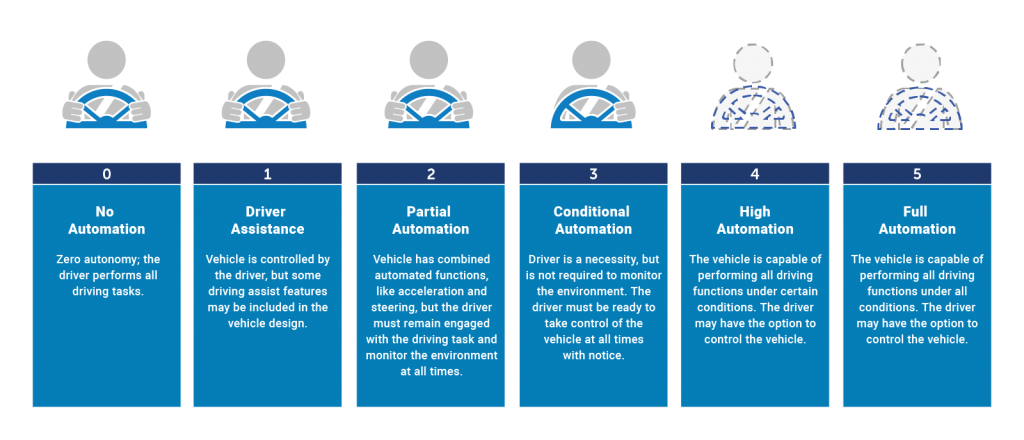
The EV shift and self-driving cars
While we wait on what is quite literally the cusp of a motoring revolution, EV tech is beginning to shape the way we consider driving. This is already having a larger impact on an autonomous future.
EVs and Autonomous vehicles go hand-in-hand. Simply put, it’s easier to automate an electric vehicle. There are less moving parts and it’s easier for a computerised system to drive a car that has been designed at the outset with aspects such as drive-by-wire tech.
When it comes to the Waymo self-driving car (Google’s autonomous electric vehicle developer that has since been set up as a separate business under Alphabet), plans have been drawn up to convert up to 20,000 all-electric Jaguar I-Paces for their fleet of self-driving taxicabs.
Widespread adoption is another factor to consider as well. Although it’s a bitter pill for some, the two main drivers of EV adoption are the development of greater-range batteries, and the introduction and creation of infrastructure to support electric vehicles. It’s this infrastructure reform that is likely to be key to the wider adoption of autonomous vehicles.
Enlarge Image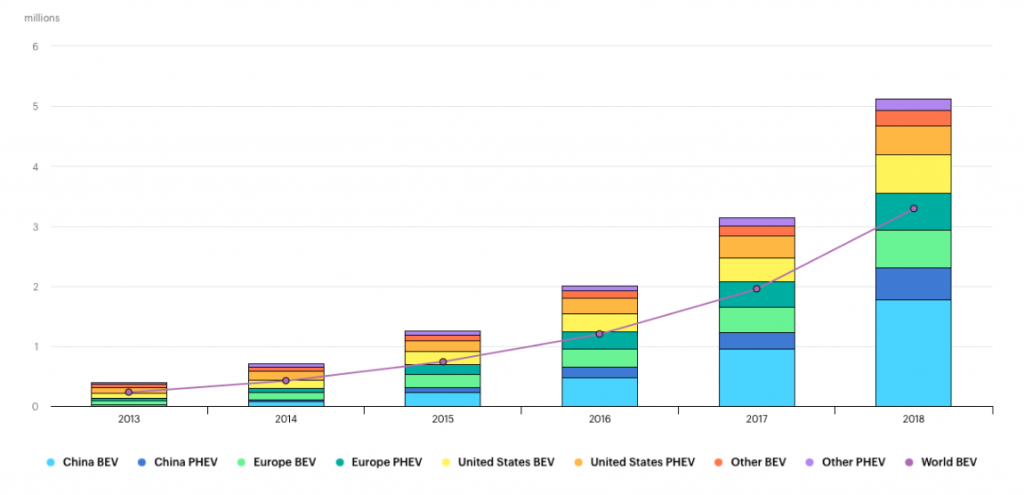
Globally, in 2019 alone, EV charging points increased by 60%, ten times that of growth in EV sales. With this growing network of charging points comes the potential for fleets of level-five autonomous vehicles to recharge themselves safely and wirelessly.
What else needs to change to enable autonomous vehicle success?
There are a few other questions that tend to crop up around the adoption of level-four and level-five fully-autonomous vehicles. One key discussion point is whether laws and legislation need to change?
In short, yes. While level-two automated cars are permitted, for the most part, many territories — including Australia —require laws to be reformed to allow for fully-autonomous vehicles to be considered legal.
According to the Road Transport Authority, more sophisticated fully-autonomous vehicles “where an automated driving system is responsible for all aspects of driving are not currently consistent with the requirement under current driving laws that a licenced human driver is in control of the vehicle.”
While an exact time-frame as to when such legislation reform will be enacted has been kept hazy, the public is told that state and local governments are working towards devising new rules and regulations.
This will likely come from a greater understanding garnered from the trials that are currently ongoing. The smart money will be on new legislation coming into play concurrent to the wide-scale commercial availability of fully-autonomous vehicles.
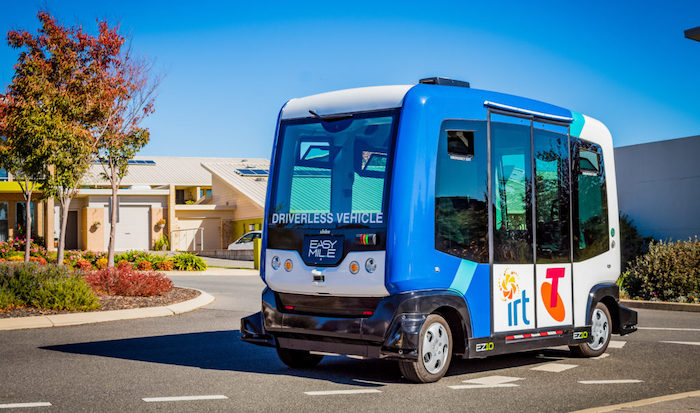
The Wider Impact of Driverless Cars
What will be the social implications of self-driving cars? Will autonomous cars lead to safer roads, and how will self-driving cars take away jobs? The bigger picture of an autonomous car-filled future may see vast changes for all of us, and without a doubt, there will be winners just as there are losers.
What social changes will self-driving cars bring?
When it comes to the social implications of self-driving cars, there are many aspects to consider. A future of driverless cars will mean passengers are free to concentrate on other things, such as productivity or simply relaxing.
With fleets of autonomous vehicles in play, there’s a possibility that car ownership itself will drop sharply. One think-tank predicts that by 2030 there will be an 80% drop in demand for new cars due to the adoption of fully-autonomous vehicles.
While this is a radical forecast and may need to be taken with a grain of salt, these predictions fall in line with the plan for many nations to ban the sale of fossil-fuel-powered cars in the 2030s. This could pave the way for EVs and autonomous cars to dominate the market.
How will jobs be affected?
When the large-scale adoption of fully-autonomous vehicles does come about, many are asking will self-driving cars take away jobs?
With the Waymo self-driving car company already trialling fleets of driverless taxis, it does stand to reason that taxi and delivery drivers could be hit hardest. It’s a change that many ride-hailing companies are pre-empting, with both Uber and Lyft investing heavily in the development of driverless tech.
It’s no surprise, with one estimate being that a driver represents the single largest expense for Uber: in a conventional ride, the driver would account for 80% of the total per kilometre cost.

The economic impacts of autonomous cars
But there’s an unseen impact that could be looming around the corner as well: the disruption of the traditional automobile status quo. With autonomous tech becoming more accepted, would car companies have to shift towards fleet subscription services instead of simply selling a single unit? And will personal transportation be more about mobility solutions?
The knock-on effects would mean the economic impact of autonomous vehicles could be far greater, extending to a decline in the insurance industry, and less oil and energy demand.
The expected shift away from the traditional sales model has been evidenced by the unprecedented joint venture between once-fierce rivals BMW and Daimler (parent company of Mercedes-Benz). The two German giants joining forces to collaborate on mobility solutions, of which autonomous cars are very much a key player. With “on-demand” mobility a concept that will be accelerated by level five autonomous vehicles, it would seem BMW and Daimler are bracing for the shift in consumer trends, consolidating their position in a marketplace that will be forever changed by self-driving tech.
The environmental benefits of driverless cars
On the plus side, the fleet-operated autonomous car concept could see improvements for the environment, with AI-controlled EVs accounting for fewer emissions. And, with computerised tech controlling a car, EVs could be operated at maximum efficiency. This is as it reduces the chances of wasteful applications of power, and lessening energy demand compared with that of a human operator.
Are autonomous cars safer than regular vehicles?
One aspect that may hold back potential adopters is the ever-pertinent question: will autonomous cars be safer? While driverless cars aren’t yet immune to the odd crash, it stands to reason that autonomous tech will be safer, taking out human error.
While autonomous cars will reduce accidents, lawmakers are yet to finalise legislation for what would happen in a collision where a level-five autonomous vehicle was to collide with a non-autonomously operated vehicle or pedestrian.
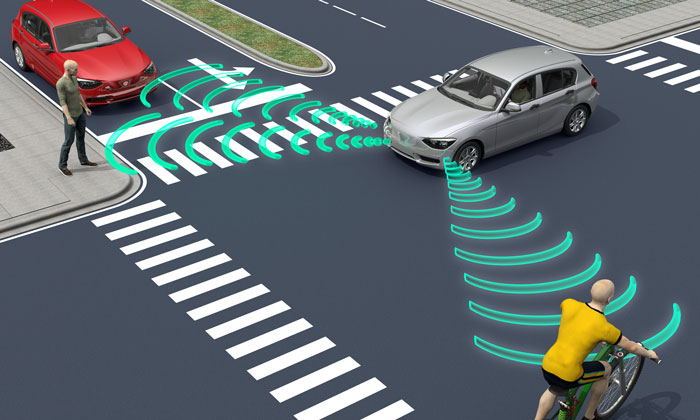
The Future of Autonomous Motoring
While there are undoubtedly kinks to be ironed out, it would seem that autonomous cars are fast becoming part of a believable future for Australia, and the world. With EV adoption increasing year by year and, with it, the conversion of personal buyers purchasing tech-driven cars (with Tesla’s Model 3 accounting for 80% of new EV sales in Australia), it may be only a matter of time before a network of fully-autonomous cars is a wide-scale reality.
Ridesharing and fleets will be the catalyst autonomous vehicles need
But there’s one key takeaway from this analysis: the benefits of personal cars becoming autonomous pales in comparison to a wider, fleet-run approach. The tech already exists for many of the self-driving and self-charging aspects to seamlessly integrate into the ongoing transition towards EV tech.
While some may argue that autonomous personal transportation is not the future, there’s clear evidence that ride-sharing and car-sharing is a popular alternative to personal car ownership.
The benefits of fleet-based autonomous vehicles extend towards environmental and safety advantages that could help preserve the environment and save lives. However, it is unrealistic to expect a transition without some level of resistance — especially from those whose lives and livelihoods could be negatively impacted from such a shift.
How long before autonomous vehicles become commonplace?
The predicted benefits do appear to outweigh the negatives. And the relentless march of technology means that, realistically, in the next 10-20 years, there’s no reason not to believe that autonomous cars will become the norm.
The future may not be filled with AI-controlled indestructible Pontiac Trans Ams. But the reality of self-driving tech showcased in that cult 80’s show looks to finally be making it into the real world. Knight Rider may just have been forty years ahead of its time, but we’re racing towards the end of playing catch-up.




